Table of contents
Aquaponic farming is a type of agriculture that combines raising fish with growing plants in water. Fish waste provides nutrients for the plants, and the plants clean the water for the fish. This type of farming is efficient and sustainable, and it can be done on a small or large scale. If you’re interested in getting started with aquaponics, there are a few things you need to know. First, you need to choose a location for your farm.
Aquaponic farms can be indoor or outdoor, and they can be set up in a variety of shapes and sizes. Next, you need to choose the type of fish you want to raise. Many distinct types of fish can be used in aquaponics, and each has its benefits. Finally, you need to choose the type of plants you want to grow. Aquaponics is a terrific way to grow a variety of fruits, vegetables, and herbs. If you’re ready to get started with aquaponic farming at home, read on for more basic information.
What is Aquaponic Farming?
Aquaponics is a method of agriculture that combines raising aquatic animals with hydroponics. Aquaponics is a sustainable way to produce food as it recycles water and nutrients and requires less land and water than traditional farming methods. Aquaponics is also beneficial for the environment as it does not rely on chemicals or other pollutants to raise crops. Aquaponic farming is not a new method of agriculture, but it is growing in popularity as more people become aware of its many benefits.
Why is Aquaponic Farming a Good Option?
Aquaponic farming at home has numerous benefits over traditional farming methods, making it a good option for those who are looking for a more sustainable and environmentally friendly option. Some of the benefits of aquaponic farming include:
– Reduced water usage: Aquaponic farming uses 80-90% less water than traditional farming methods.
– No soil needed-cleaner grow bed! The plants are supported by clay media or suspended in rafts over water.
– Pest and weed control: Aquaponics can successfully use natural predators to control pests and weeds, eliminating the need for harmful pesticides and herbicides.
– Environmentally friendly: Aquaponic systems function in a closed loop, meaning that there is little waste produced.
– Producing and harvesting any size of ‘farm’ all year round, to supplement the family diet.
How to Get Started with Aquaponic Farming
If you’re interested in aquaponic systems, there are kits and plans available to purchase online or from library resources. There are a few things you’ll need to decide to begin. First, you’ll need ample space to set up your grow system like a backyard, a garage, a carport, or even a small room in your house. Decide what size and style of system to grow your plants and raise your fish. There are many diverse types of systems, so do some research to find the one that’s right for you. Finally, you’ll need to decide and purchase which fish and plants to populate your system.
Setting Up Your Aquaponic System
Setting up an aquaponic system can be a complex task, but it is well worth the effort to have a successful and sustainable system. It is important to choose a location that will receive plenty of sunlight (or electricity for LED lamps) and have access to freshwater, and is large enough to accommodate your system. Decide where and how to set up your plant grow beds. Grow beds can be made from a variety of materials, but choose a material that is durable, clean, and can hold the weight of media and flowing water.
Caring for Your Aquaponic System
Your aquaponic system is a delicate ecosystem that requires regular care and maintenance to flourish. It is important to monitor the water quality in your system closely. This means checking the pH levels, ammonia levels, and nitrite levels regularly. You should also evaluate the water hardness and alkalinity levels periodically. A proper balance of nutrients is key to the health of your system. Providing organic fish food for the creatures ensures proper nutrition and good waste products for the bacteria to convert. Finally, you should keep an eye on the mechanics and maintenance of your system, such as cleaning the filters and removing any debris that may accumulate over time and repairing plumbing leaks.
Harvesting Your Aquaponics Farm
Harvesting your aquaponics farm is a straightforward process, but there are a few things you’ll need to keep in mind. First, make sure that your plants are mature enough to harvest. You can check the maturity of your plants by looking for signs of flowering or fruit. Then carefully cut, trim, or remove whole plant or fruit from the system. Thoroughly rinse and prepare your plants for storage or consumption. Be sure to remove any dirt or debris. Once your plants are clean, you can store them in a cool, dry place or consume them right away.
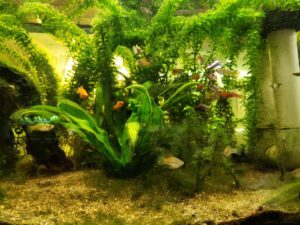
Conclusion
Aquaponic farming is a fantastic way to get started with agriculture at home. It is a sustainable and eco-friendly way to grow fresh greens, and it is also very efficient. This article provided some basic tips on how to get started with aquaponic farming at home. If you are interested in learning more about aquaponics, be sure to subscribe to our blog updates or follow us on social media. Contact The I Will Projects for a personal consultation! [email protected]
The I Will Projects, a 501(c)3 organization serving communities since 2014, believes in multiple solutions to address global challenges. Our IFIZ education programs focus on general aquaponics, growing microgreens and sprouts, and insect farming. These programs empower communities by expanding knowledge, developing collaboration, and advocating for sustainable innovation. Our aim is to contribute to a regenerative food system, ensuring access to healthy food and recognizing food as medicine.



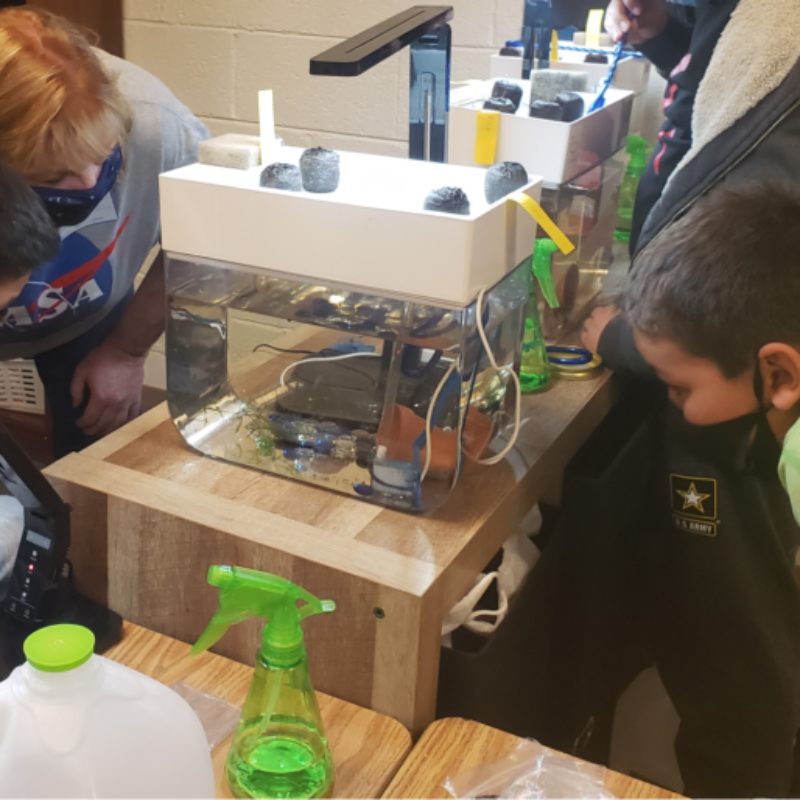
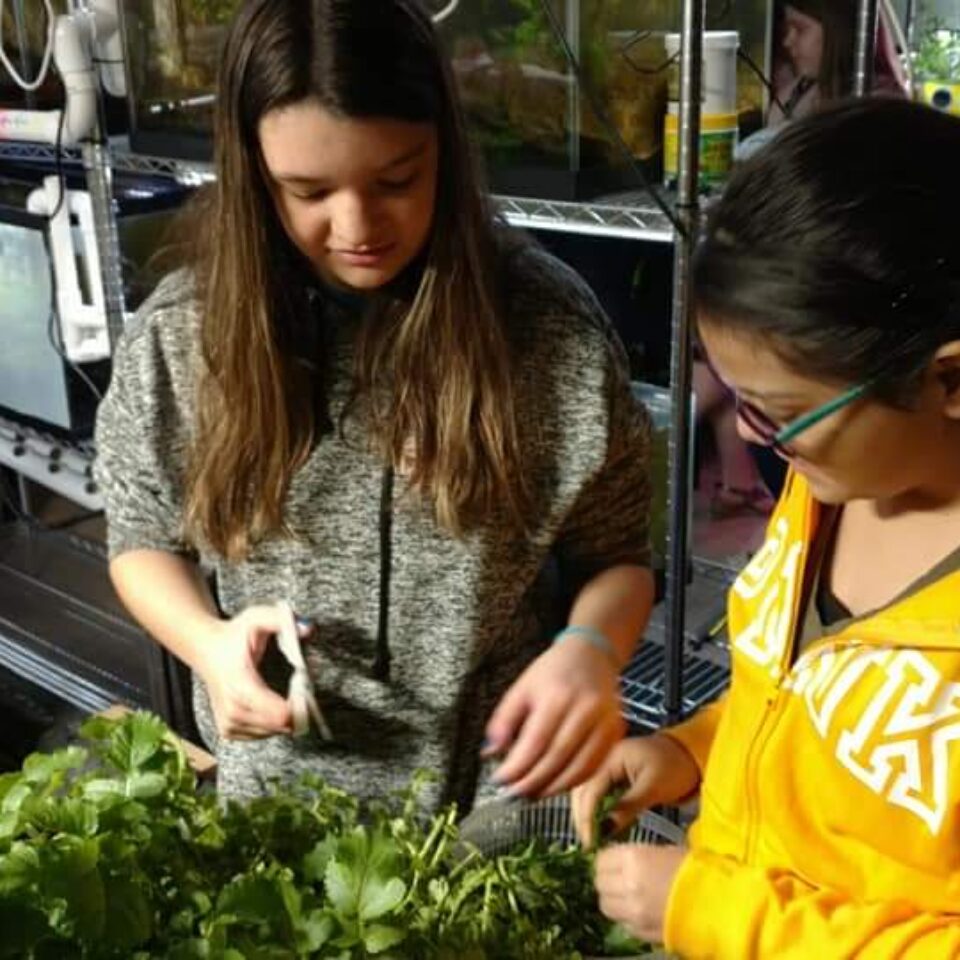
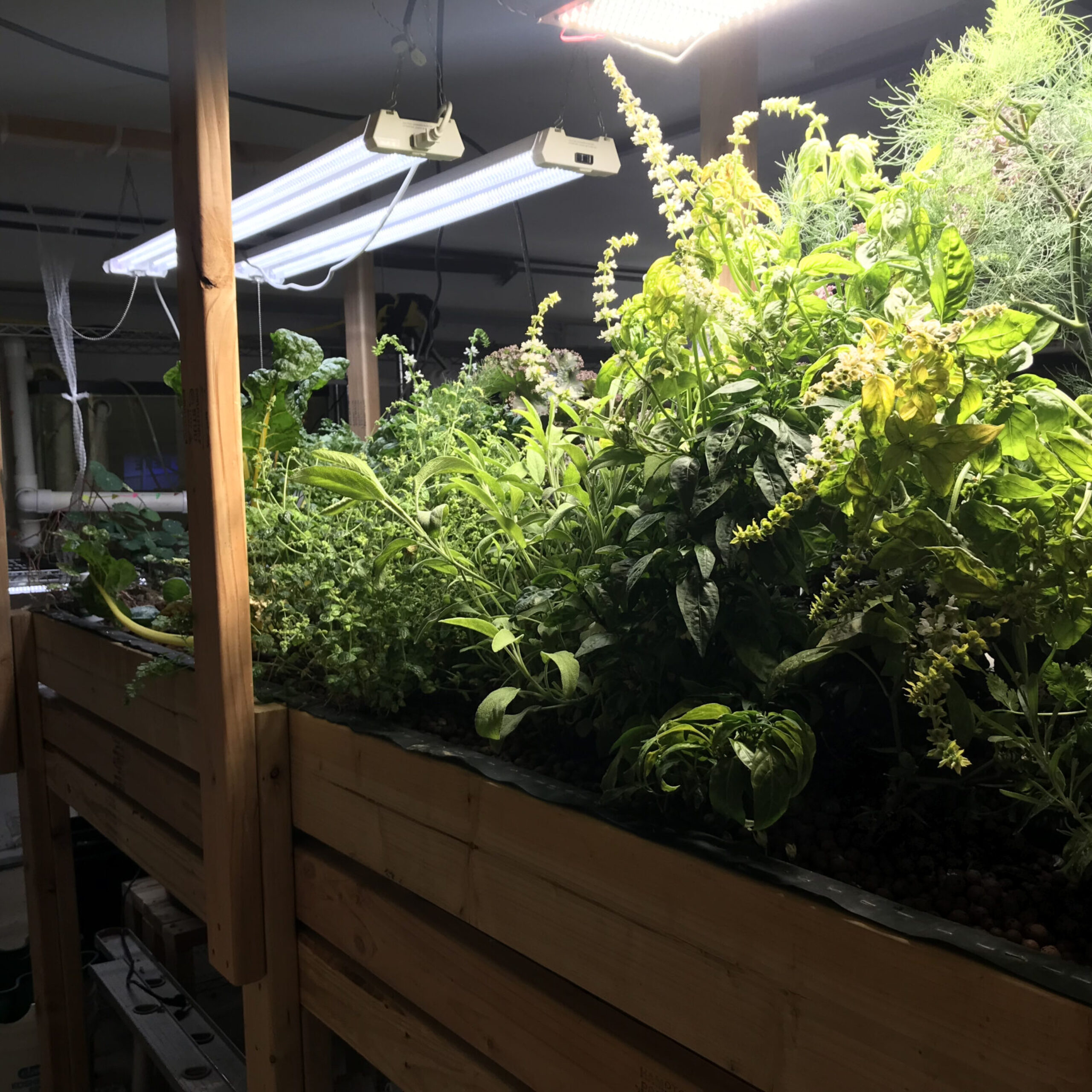
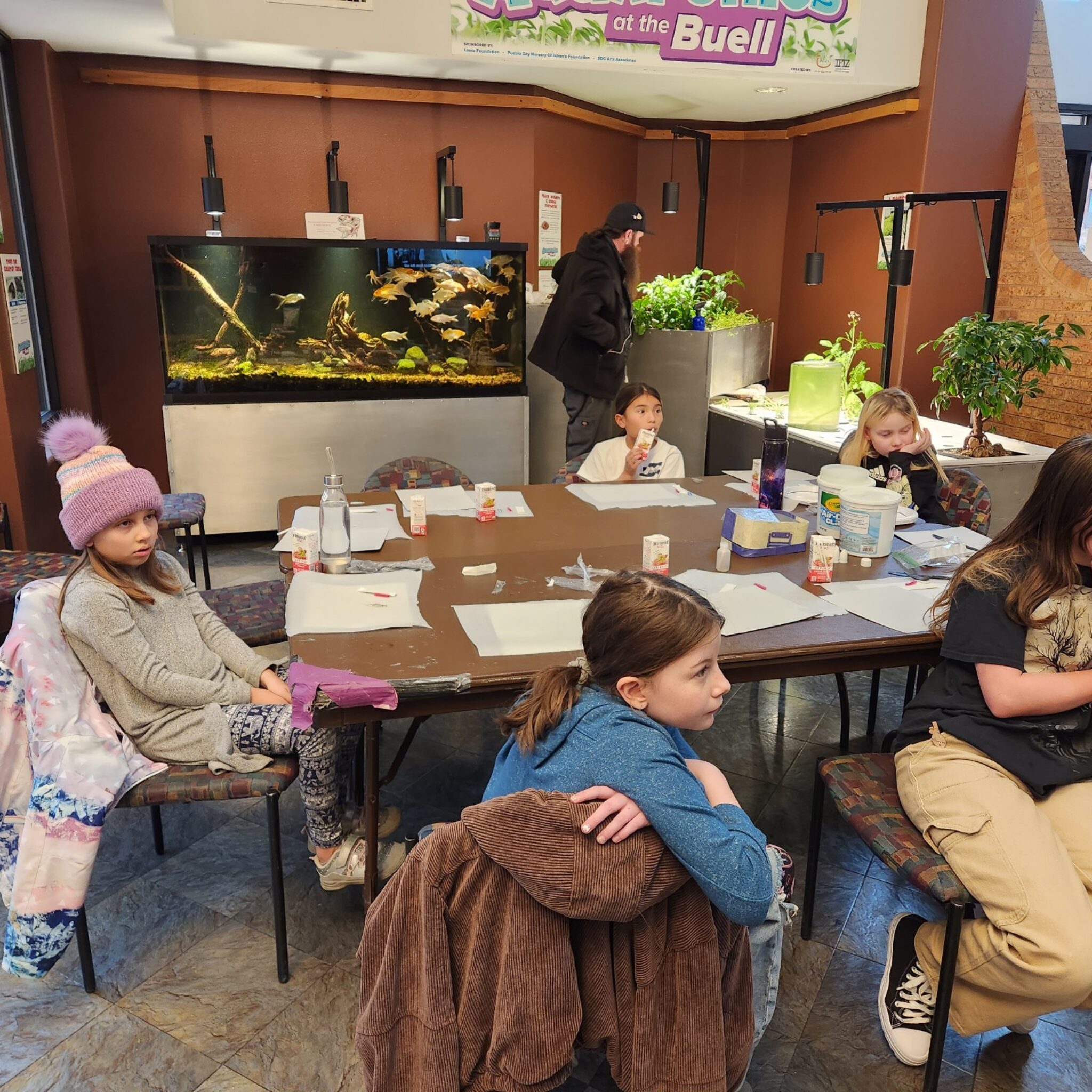
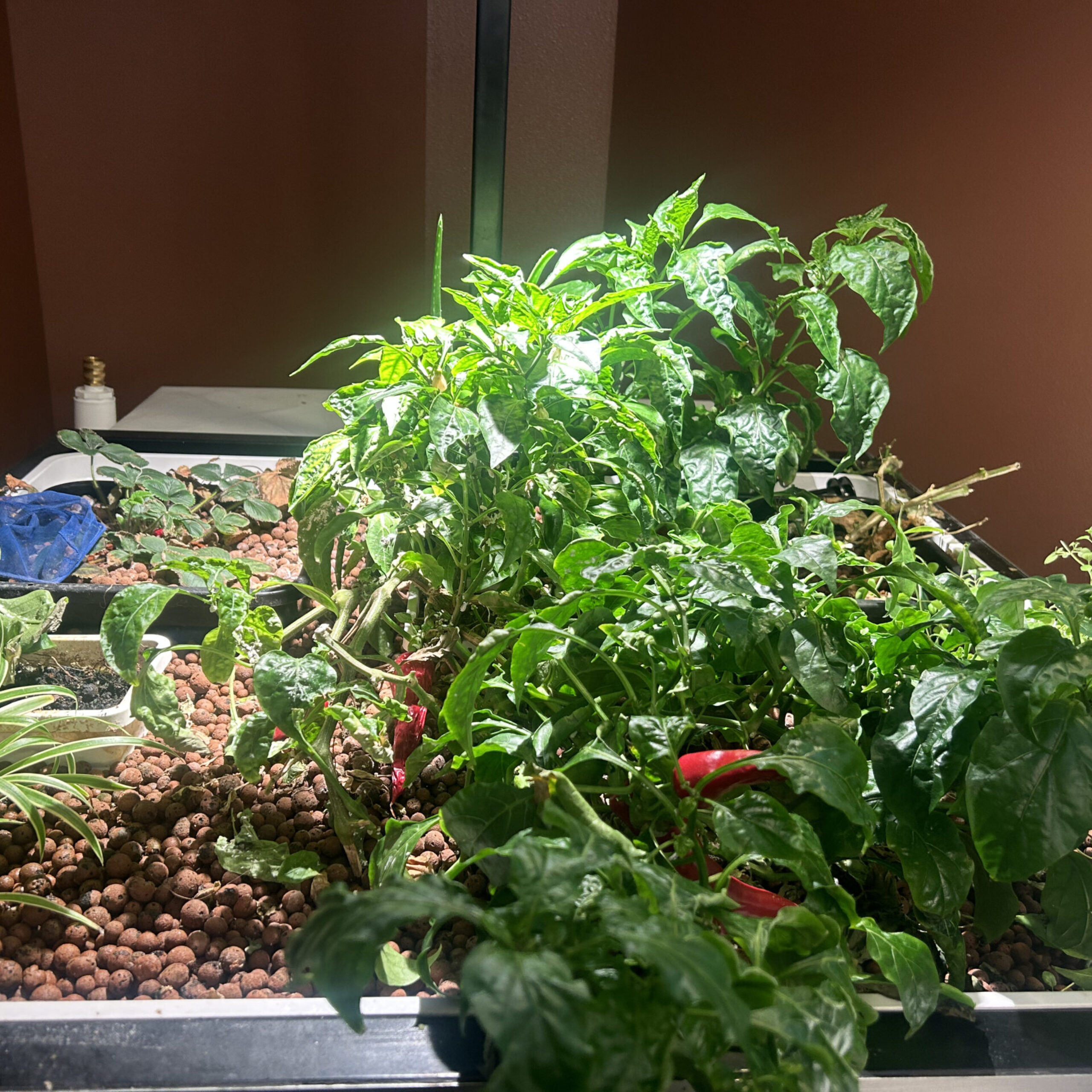
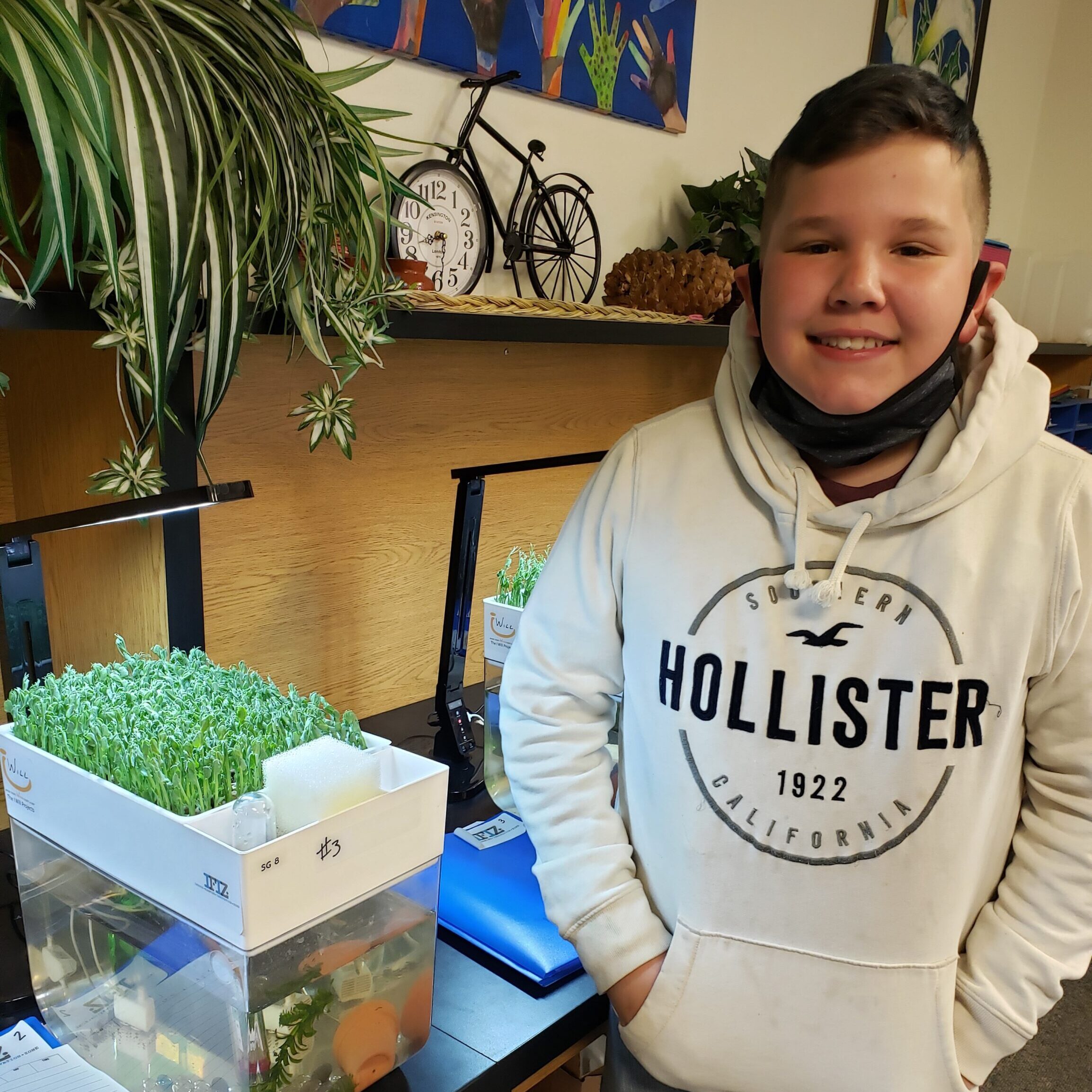

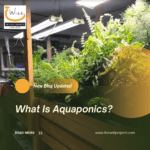
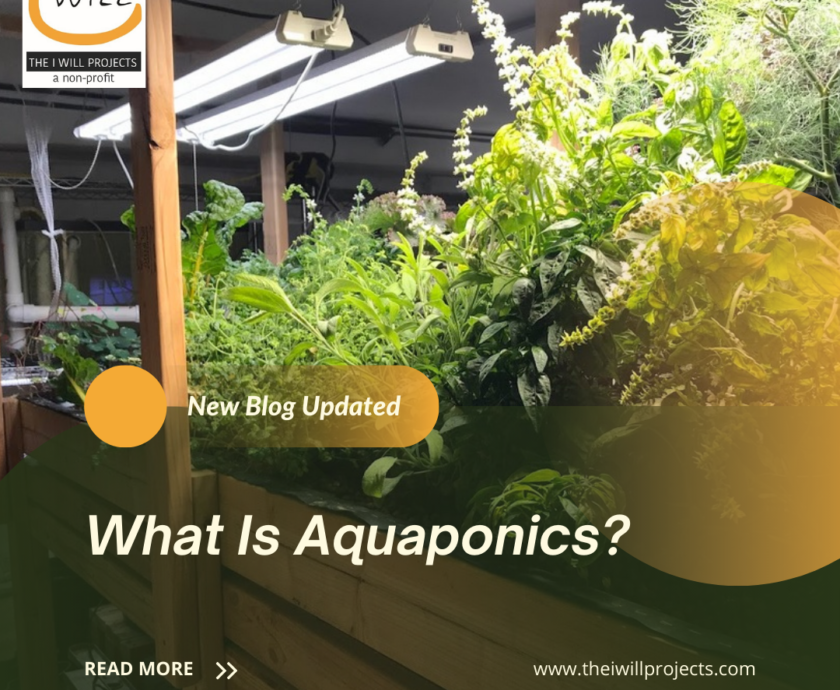
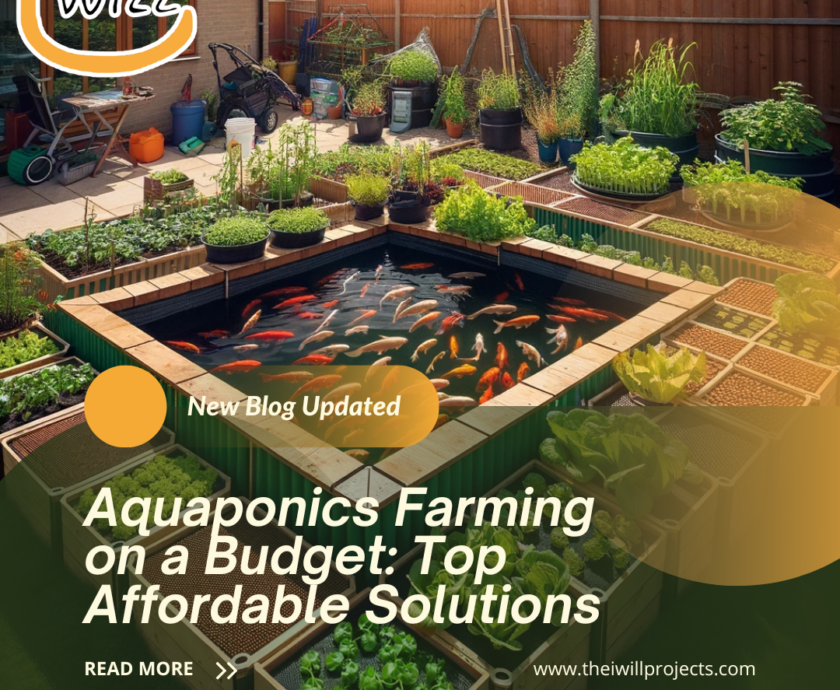
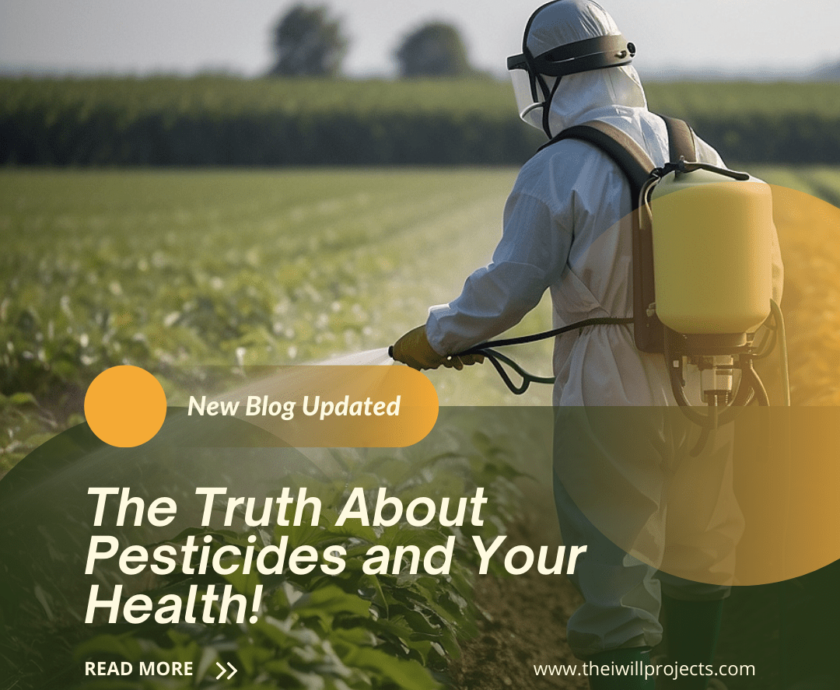
I’m just starting to collect parts for aquaponics gardening I’m using ibc totes
Hi Eric,
That’s fantastic! IBC totes are a great choice for aquaponics systems. They’re durable and versatile. Best of luck with your setup—feel free to share your progress or ask any questions along the way!